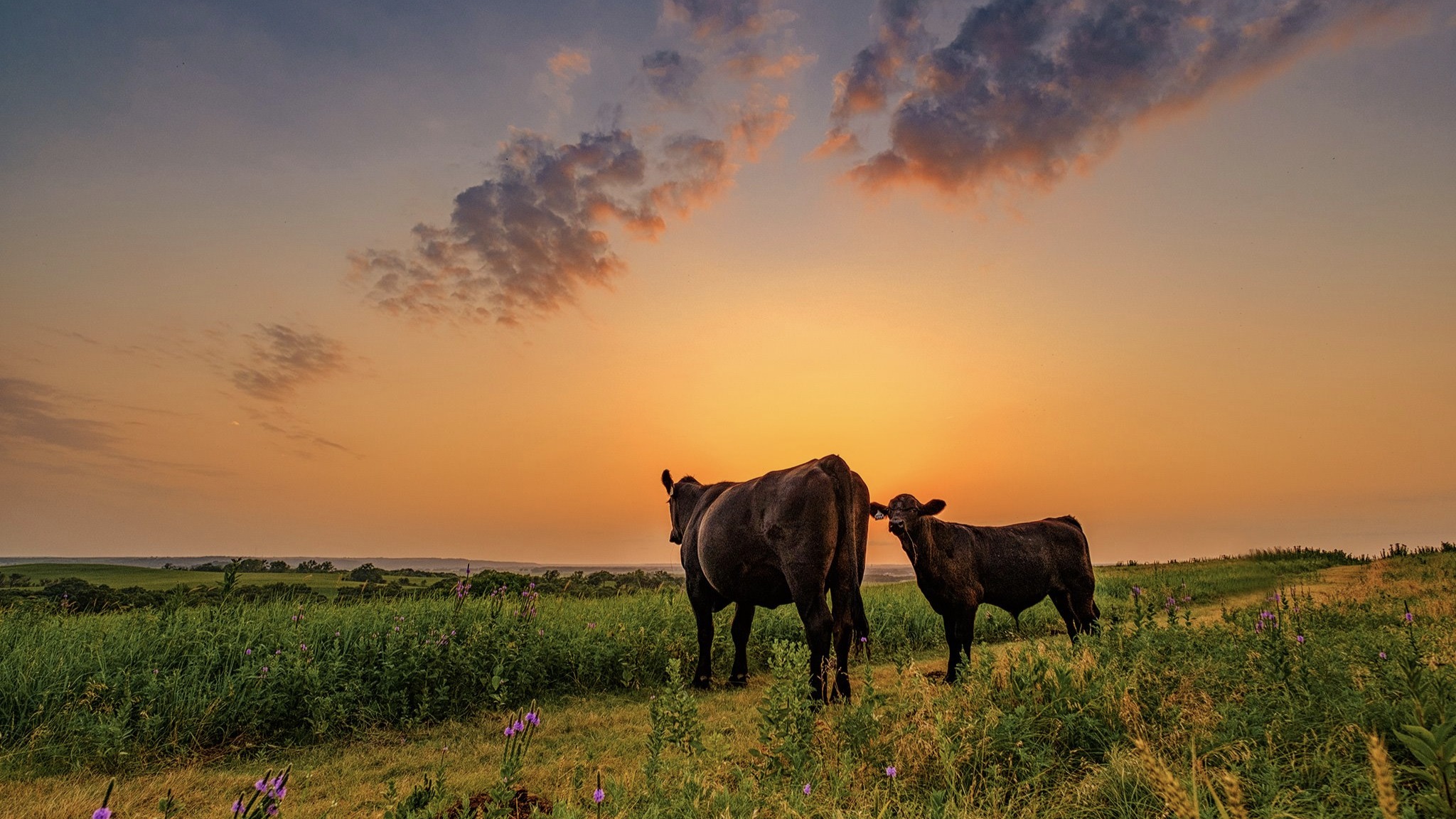The Cattle Producer’s Handbook is a collection of fact sheets that are resources for any size beef cattle operation. Material has been developed by the Western Beef Resource Committee, which consists of Cooperative Extension System animal scientists, veterinarians, and other specialists from Arizona, California, Colorado, Hawaii, Idaho, Montana, Nevada, New Mexico, Oregon, Utah, Washington, and Wyoming.
The committee set the following objectives:
- To develop or collect as complete a set of informative material as can be found that has a bearing on beef production systems. The information in the Handbook is in brief, easy-to-read fact sheets that deal with specific subjects. They are written by specialists whom the committee considered the best authorities in a particular subject area.
- To develop support material for the Cattle Producer’s Handbook in the form of other media such as CDs, DVDs, Internet content, etc.
Regardless of where cattle producers are or how they operate, producers must manage within the confines of the biological facts or beef production. The following are facts that all cattle producers know and take for granted. Producers sometimes expect Mother Nature to bend her rules to fit their management plan. Facts that cannot be changed are:
- An egg and a sperm must come together in the proper circumstances to make a new calf.
- The length of pregnancy in beef cattle is approximately 282 days.
- The normal cow takes approximately 40 days after calving to return to estrous and be prepared to start a new pregnancy.
- The estrus cycle is approximately 21 days.
- Puberty is a function of age and size.
- Certain nutrients are required for growth and production.
- Wide variation occurs in growth rate and in limits to that growth rate.
- In most cases, the biological cycle of the cow must be managed within the climate and seasonal limitations of one locality.
- Disease problems are a constant threat.
- Cows and bulls pass on to their offspring both desirable and undesirable traits. Every cattle producer, facing the formidable task of managing a beef herd to a profitable level, must take these biological facts into consideration. This must be done within the abilities, limits, philosophical knowledge, physical facilities, environment, finances, and labor the cattle producer has.
Reinaldo F. Cooke, Beef Cattle Specialist
Oregon State University

